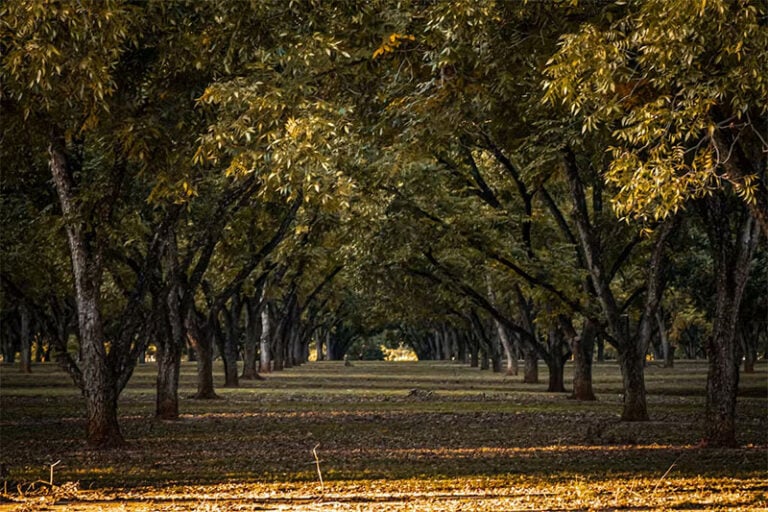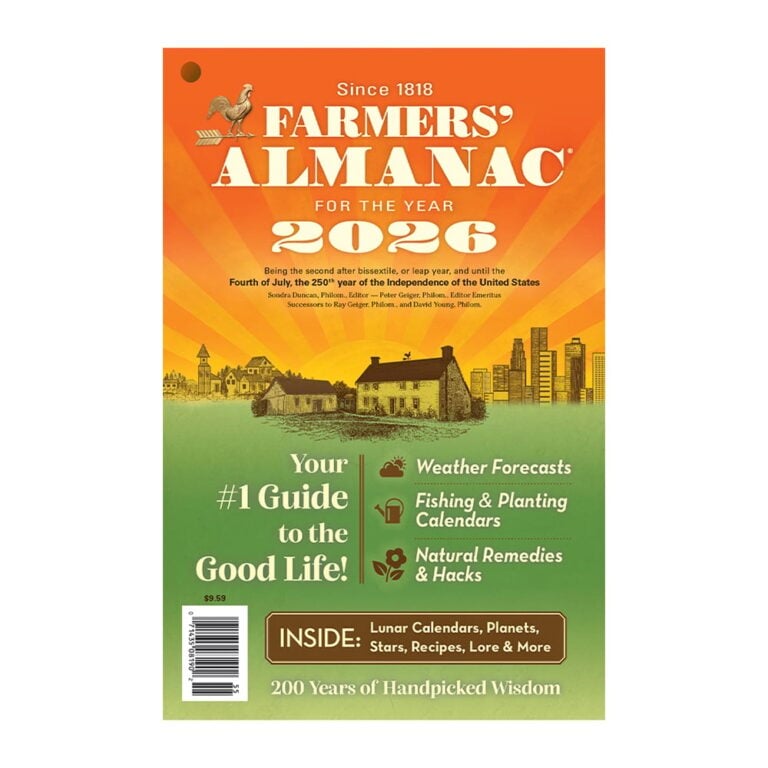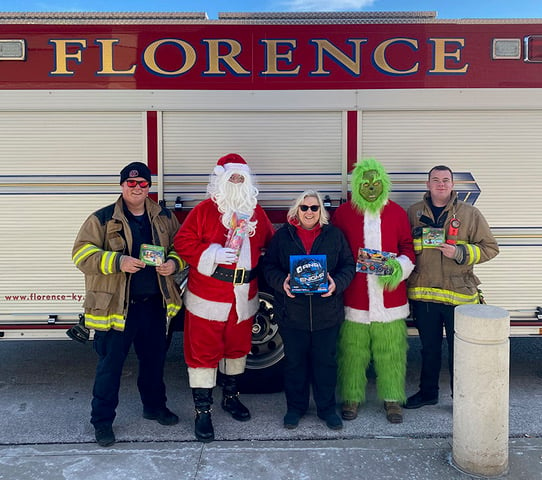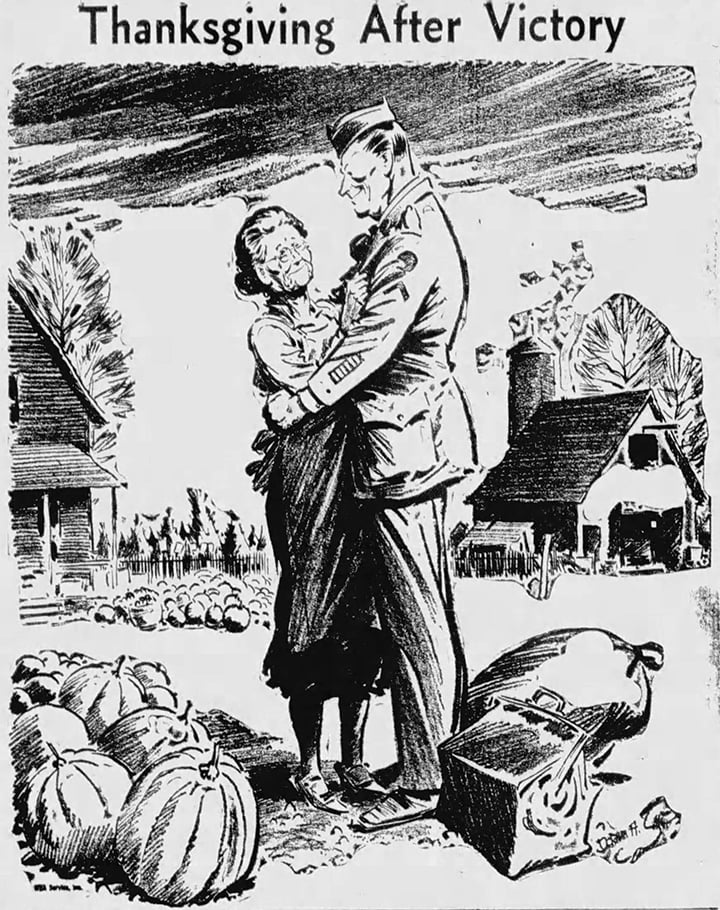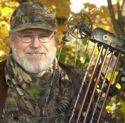Summer was made for cooking outside over an open fire.
For grilling and smoking, nothing beats a barrel-type grill with a lid, to hold in the smoke and keep the fire from flaming. One of the best brands of wood/charcoal grills on the market is the Char-Griller, of Sea Island, Georgia.
A popular model is the Deluxe Griller 2828, which retails for $139. Made with heavy steel construction, this value-priced grill has two adjustable dampers for precise air control, cast iron cooking grates, heat gauge, warming rack and side shelf. For more information on Char-Griller grills and accessories visit their website.
What I like about barrel-type grills is there’s a large cooking area, room enough for a venison shoulder or ham.

Also, because of the moveable grates, there are cooking options: 1) positioning the fire in the center of the barrel, flanked by the cooking grates for indirect heat, 2) positioning the fire on the right side of the grill (or in the optional fire box), farthest from the dampered chimney, for indirect heat and maximum smoke, and 3) positioning all the grates over fire for grilling large numbers of steaks, burgers and hot dogs, for gatherings of family and friends.
When I grill/smoke I always add dry rub to the meat, one side of the meat at a time. I sprinkle a light coating on the meat when I first put it on the grill, and when a turn it over for the first time. A second option is to add the rub to the meat about 30 minutes before it goes on the grill. It’s a personal choice. Rub should be stored in a jar or air-tight zippered plastic bag to retain its freshness.
Starting the Fire
Before we discuss dry rubs and BBQ woods, let’s get the fire started.
I don’t prefer cooking with charcoal briquettes, or start my fire with starter fluid.
Use only hardwood charcoal, usually referred to as charwood, or lump charcoal, made from maple, oak, mesquite or hickory wood. It’s real wood in various shapes and sizes. It lights quickly, burns hotter, creates less ash, and imparts a purer, wood-fire flavor to foods.
Charcoal briquettes are often made from the sawdust of scrap wood, including resinous soft woods, combined with chemical binders and fillers (including coal dust), compressed into their characteristic pillow shapes. Yuck! Additives leave behind a bad taste.
Don’t use starter fluid. Light you charwood in what’s called a charcoal chimney, which is basically a metal tube, with a grate and an insulated handle.
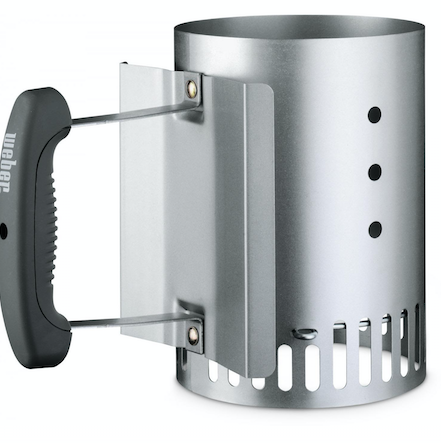
Stuff a few pieces of wadded up paper below the grate. Pour the charwood into the chimney, and light the paper. Add paper as needed.
The chimney draws air that fuels the flames and quickly lights the charwood. When glowing hot, pour the charwood into the grill, onto a bed of hardwood chunks and chips. When pouring hot charwood into the grill it’s always best to wear an insulated glove and eye protection.
Here’s a link to Weber’s website, with some information on their chimney starter.
Indirect Heat and Smoke
Indirect heat with smoke seems to work best for chicken, pork and wild birds — mallard duck breasts, mourning dove breasts, and wild turkey wings and drumsticks. I’ve even cooked rabbits and squirrels this way.
My favorite chicken part to grill and smoke is skinless, boneless thighs. Cherry wood and/or grapevine are my choices for smoking chicken.
The chicken rub I prefer is a classic from Kentucky’s premier BBQ destination — Owensboro. It has seven ingredients, and is sweet and peppery, with a hint of lemon.
2 Tablespoons Paprika
5 Tablespoons Sugar
2 Tablespoons Black Pepper
2 Tablespoons Kosher Salt
2 Tablespoons Lemon Pepper
2 Tablespoons Garlic Powder
1/2 teaspoon Cayenne Pepper
Venison
Venison should be thawed in the refrigerator and marinaded before cooking. Don’t over cook venison, it will dry out. Venison is best when cooked medium-rare for maximum flavor, and juiciness.
There are several good soy sauce-based marinades on the market. My personal choice is Allegro, made in Paris, Tennessee, and available locally. Their website is: www.allegromarinade.com.
Place the cut of venison in a plastic bag or covered dish and marinade overnight in the refrigerator, before cooking.
Dry rub really enhances the flavor of venison.
Here’s a recipe for a Texas-style rub that works well on venison chops, venison burger, venison shoulder roasts, and beef brisket, too:
2 Tablespoons Kosher Salt
2 Tablespoons Garlic Powder
2 Tablespoons Paprika
2 Tablespoons Black Pepper
To prepare ground venison for the grill start with two pounds of ground venison, add two eggs, one medium onion finely chopped, one small green pepper finely chopped, 1/4 cup shredded carrot, 1/4 cup soy sauce, 2 tablespoons ketchup, and one Tablespoon liquid smoke.
Mix thoroughly and make into 1/4-pound burger patties.
When I grill/smoke venison burgers, chops or shoulder roasts, I like a mixture of woods, a combination of oak, red (hard) maple, cherry or hickory.
Pork
If pork is on the menu at our house it’s usually pork chops or pork loin.
Cook on indirect heat with generous smoke, and lots of chunks of hickory wood.
The pork rub I like is in the grand tradition of Memphis-style BBQ. This classic rub recipe boasts 10 ingredients and is ideal for all cuts of pork. It’s full bodied, complex and herbal, with a hint of cumin:
3 Tablespoons Paprika
2 Tablespoons Sugar
3 Tablespoons Garlic Powder
2 Tablespoons Kosher Salt
1 Tablespoons Black Pepper
2 teaspoon Ground Sage
2 teaspoon Ground Ginger
1 teaspoon Ground Cumin
1 teaspoon Dry Mustard
1 teaspoon Cayenne Pepper
Beef
Beef was meant to be grilled over direct heat. If I’m grilling steak or beef burgers I usually place them on the grill last, adding a few chunks of oak, hickory and cherry, if the fire has died down somewhat.
Ideal grilling temperature is 375 degrees and hotter.
Here’s a no salt Chicago-style beef rub that excels on steaks and burgers. With I cook with this rub I like to sprinkle on both sides of the steak or burger patty, and let stand at room temperature for 30 minutes before grilling:
2 Tablespoon Dry Mustard
4 teaspoons Garlic Powder
2 teaspoons Paprika
4 teaspoons Black Pepper
1 teaspoon Dried Thyme
1 teaspoon Cayenne Pepper
Summer is the best time to cook outdoors. Set up in a shady spot, pull up a comfortable chair, pour a cold drink, and fire up the grill!
Art Lander Jr. is outdoors editor for NKyTribune and KyForward. He is a native Kentuckian, a graduate of Western Kentucky University and a life-long hunter, angler, gardener and nature enthusiast. He has worked as a newspaper columnist, magazine journalist and author and is a former staff writer for Kentucky Afield Magazine, editor of the annual Kentucky Hunting & Trapping Guide and Kentucky Spring Hunting Guide, and co-writer of the Kentucky Afield Outdoors newspaper column.















